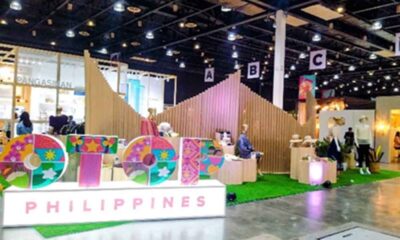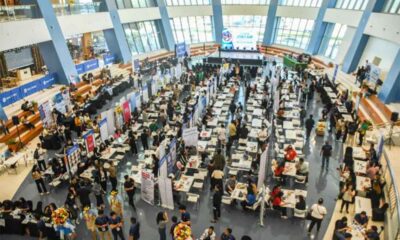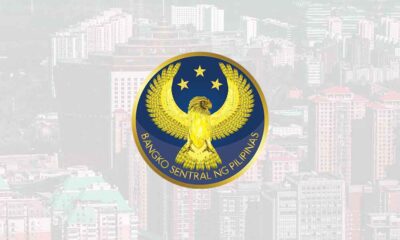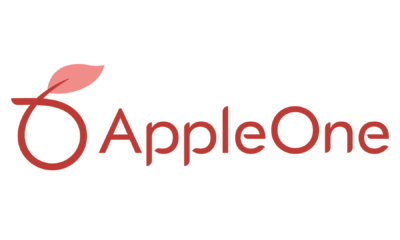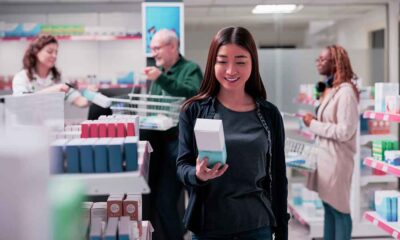Business
How 7-Eleven Has Become a “Convenience” Staple in the Urban Lives of Many People
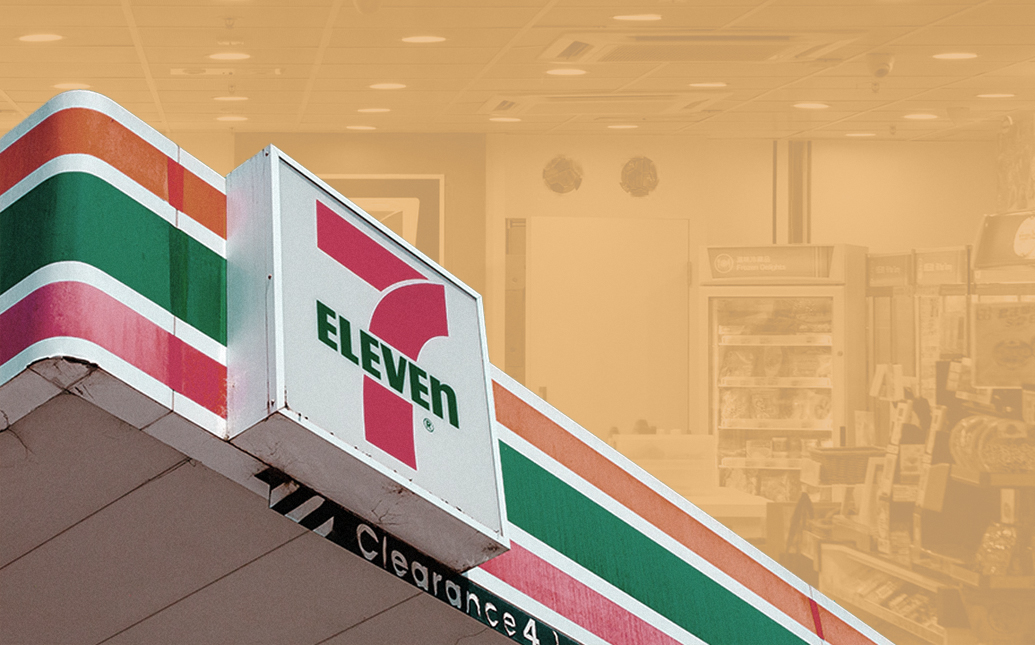

There are thousands of products to be found in your typical convenience store, ranging from fast food and canned goods to energy drinks and microwaveable meals. The convenience store market is one of the most competitive in the world. Convenience stores often have a limited physical footprint, stay open late, and employ a small number of managers, stockers, and cashiers.
For many Filipinos, convenience store has become an integral part of urban life. At least once, many of us have visited a convenience store. More likely, many of us have visited a 7-Eleven at least once this week here in the Philippines.
The 7-Eleven convenience stores are quite popular in North America and Asia. The average outlet is small, has a short selection of food, drinks, and other high-demand items, and is open for long periods. On February 29, 1984, near the intersection of Kamias Road and EDSA in Quezon City, Metro Manila, 7-Eleven in the Philippines started operating with the inauguration of its first store, and the rest is history.
A little history of one of the world’s most popular convenience store
7-Eleven was dubbed a “Totem store” by its founder, Joe C. Thompson, when it was established in Dallas, Texas, as an ice and beverage stand in 1927. The name was a straightforward wordplay because customers would “tote” their purchases out of the store. The shop later started selling gasoline in addition to a selection of fresh goods that were kept for convenience in ice. The franchise, which is now known as 7-Eleven after its lengthy opening hours at the time, expanded quickly throughout the 1950s and 1960s.
Success and expanding worldwide
Since the establishment of 7-Eleven, the store has relied on numerous brilliant ideas to continue to be successful.
Over time, customers’ expectations started to shift as people started working greater hours and spent less time at home. As options increased, customers began to demand variety, quality, and value in addition to speed and simplicity of service. It was the first convenience and food retailer to advertise on television, offer freshly brewed coffee in to-go cups to convenience-oriented customers, offer self-serve soda fountain drinks, sell prepaid phone cards, offer self-serve ATM services, accept cash for online bills and purchases, or load money into an e-wallet with PayNearMe.
7-Eleven has had a good track of “firsts” since with these ideas that then became some of the store’s features and offers, it became easy to attract customers and build loyalty amongst them. Thus making the store one of the easiest go-to places for people to buy stuff.
7-Eleven outlets opened in Australia, Sweden, Taiwan, Hong Kong, Singapore, Guam, Malaysia, and the Philippines in the late 1970s and early 1980s. These conveniences swiftly gained popularity in other nations as well. At this time, there were about 2,500 stores that were international outlets.
7-Eleven in the Philippines
On February 29, 1984, the first 7-Eleven store in the Philippines opened in Quezon City at the intersection of EDSA and Kamias Road. Philippine Seven Corp (PSC), the business that runs 7-Eleven in the country, actually registered with the Securities and Exchange Commission on November 23, 1982, nearly a year and a half earlier. A month later, on December 13, 1982, PSC gained the local franchise to run 7-Eleven stores in the Philippines.
As of June 30, 2022, 7-Eleven operates 3,241 convenience outlets in the Philippines.





